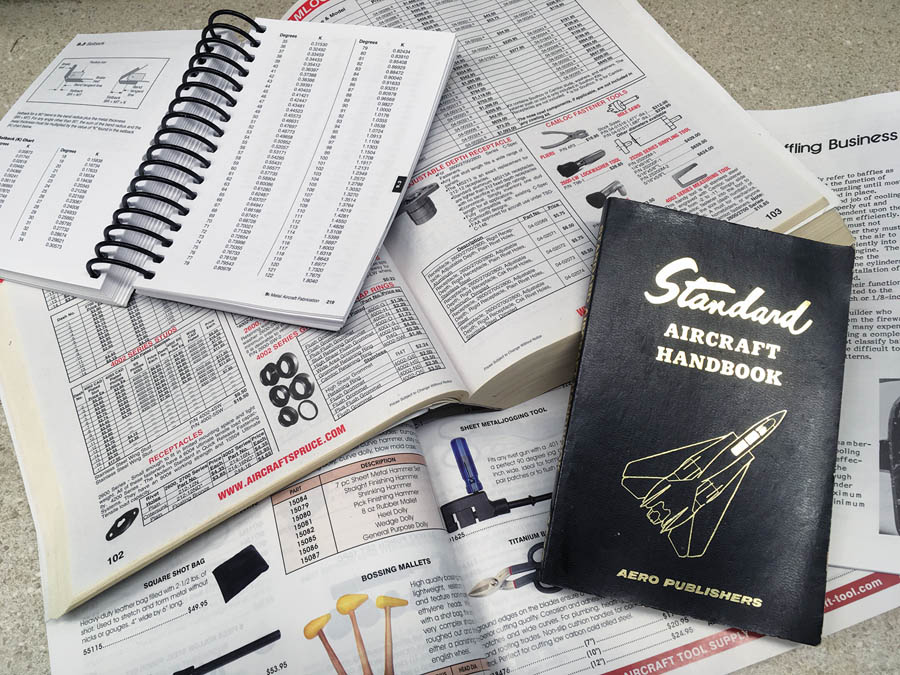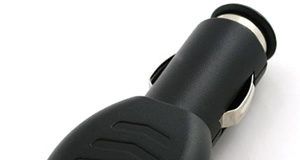Building an airplane is something that requires not only specific shop skills and experience, it also takes a great deal of planning—at least if you want to complete the aircraft in a reasonable length of time. Project management is a field unto itself, separate from design engineering and construction. But since the average homebuilder is doing the job by themselves, they have to be not only the construction talent, but the project manager as well. Getting your project done in something close to the time quoted by the company that built your kit is going to require top-notch project management skills. That means you never let an opportunity to save time go by you. It also means putting in a lot more time than just what you spend in the shop—and getting started early.

Generally speaking, I assume that for every hour I spend actually building parts or assembling components in the shop, I spend at least a half hour at my desk or computer, thinking about the tasks required or the parts needed for the build. In my mind, the build starts before I even place the order for a kit. There are lots of options to be considered and decisions to be made. By the time you have settled on a particular design that you are going to build, you probably already have—or should have—a good idea of your requirements for what the machine should do. All of the decisions you make about options, engines, and avionics will depend on those requirements—so if you haven’t determined them, put down the credit card and phone, and finish them up first. We’ll wait.
OK, so you now know what the flying machine is going to do for you. You can place the order, but then get back online or into the catalogs and start thinking about the engine, propeller, and avionics. The choice of engine will be narrowed down by your choice of airframe, of course, but there are still many decisions to be made. Let’s say, for instance, that you have settled on something designed to be powered by a Lycoming-type engine. You still have a choice of who is going to build it and what parts are going to be used (those from Lycoming, Superior, or Continental’s Titan division). Not only that, you need to decide what induction and ignition systems you want: carbureted or fuel injected, magneto sparked or electronic ignition. You can also go with integrated electronic ignition and electronic fuel injection. And, of course, there are choices for carburetors if you go that route. Whatever you choose for these systems will determine which components you choose for the fuel and electrical systems in the airframe.
Propeller choices will be driven by the engine you select as well as what is recommended by the kit designer—but there are many options you can go through, and you’ll need to consult other builders and owners of the type to figure out what seems to work best for your application. There are also multiple sources for props and other items, so make sure you do your comparison shopping and understand how prices and delivery times correlate with the various choices. (By the way, even if you are going with a Rotax powerplant, you still have choices these days, and those choices are growing!)
Next up: Start thinking about avionics. Many will tell you not to choose your avionics until you are ready to put gas in the tanks, in order to preclude your choices from becoming obsolete before the first flight. I look at it a little differently. You will build faster if you install avionics wiring when the ship is opened up—so at least plan ahead for the general idea of what you are going to use. You’ll need to know what antennas will be required in order to run the cables, and you’ll have to have some idea if you’re going to include an autopilot and trim servos. If so, you’ll need to know which system you’re going to go with because the wiring bundles vary a little bit between choices.
Thinking about panel layouts? There are lots of choices when it comes to types of switches and the decision to use traditional architecture or an electronic bus manager. If you go with the former, are you are going to use fuses or circuit breakers? Knowing what you plan to use will help you begin shopping and looking for bargains. If you want to feel that little thrill of getting a great deal on a box of circuit breakers because some other builder decided to change his mind and is dumping them for half price on your aircraft type’s internet forum, it is good to know what you plan to use. Many, many builders report huge savings on new equipment by buying early. And they can do that because they have a list of what they are looking for.
Knowing what avionics and/or EFIS you plan to use also allows you to shop for those. And if you are really worried about it being obsolete before you fly, think of it this way—if you have defined your requirements and the system meets those requirements, what do you care if a newer model comes along? You still have a system that does exactly what you specified, and that should satisfy you (unless your requirement is to have the newest thing on the field, and I can’t help you there).
On my latest project, before the kit was even delivered, I had made decisions on avionics, oxygen system, upholstery, harness, and several other items that had measurable lead times. I’d even picked out (and bought) switch guards. In fact, most of those items were on hand before the aluminum part of the kit showed up. That type of project management makes sure I don’t get slowed down for want of a part or knowing what I am going to do. Sitting down with a pad of paper and making a list of what you need, and when you think you need it, is a great way to save significant time before you even get started.
Good project management skills will ensure you build the airplane you want in a timeframe that allows you to maximize your enjoyment. Building is great—but so is flying—and losing a month because a particular item is backordered is one of the most frustrating experiences a builder can have. Well, that and (for some) knowing that your neighbor has a newer EFIS than you do. But you’ll get over that.













